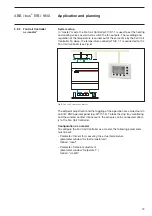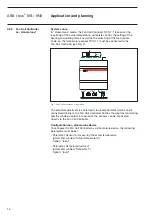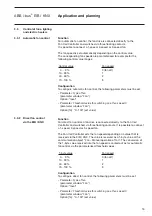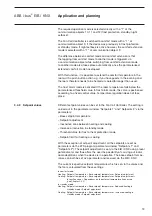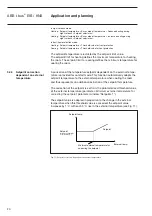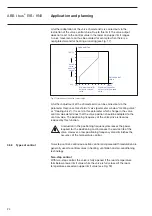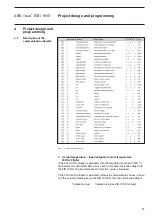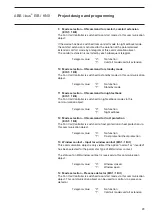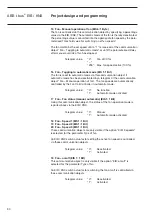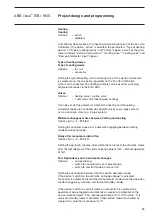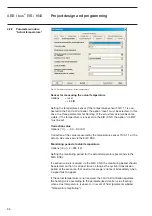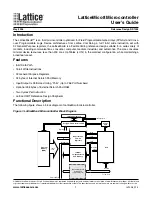
24
ABB i-bus
®
EIB / KNX
A further adaptation of the valve characteristic is carried out via the
restriction of the valve control value. Due to this limit, the valve output
does not react to the control value in the lower and upper limit ranges.
A valve movement can thus be avoided for example when there is a
negligible demand for heating or cooling (see Fig. 17).
Fig. 17: Limitation of the valve control value
A further adjustment of the characteristic can be carried out via the
parameter
Response threshold of valve
(parameter window “Heating valve”
or “Cooling valve”). It is set via this parameter which change in the valve
control value determines that the valve position should be adapted to the
control value. The positioning frequency of the valve drive is likewise
reduced by this function.
A reduction in the positioning frequency decreases the power
required for the positioning and increases the service life of the
valve. However, a low positioning frequency also diminishes the
accuracy of the temperature control.
Two-step control, continuous-action control and pulse width modulation are
generally used to control valves in heating, ventilation and air-conditioning
technology.
Two-step control
With two-step control, the valve is fully opened if the room temperature
falls below a lower limit value while the valve is fully closed if the room
temperature exceeds an upper limit value (see Fig. 18).
Application and planning
Valve position
Valve control
value
0 %
100 %
0 %
100 %
Active
valve
opening
range
Minimum controller
output for closed
valve
Maximum controller
output for fully opened
valve
3.5.3
Types of control




